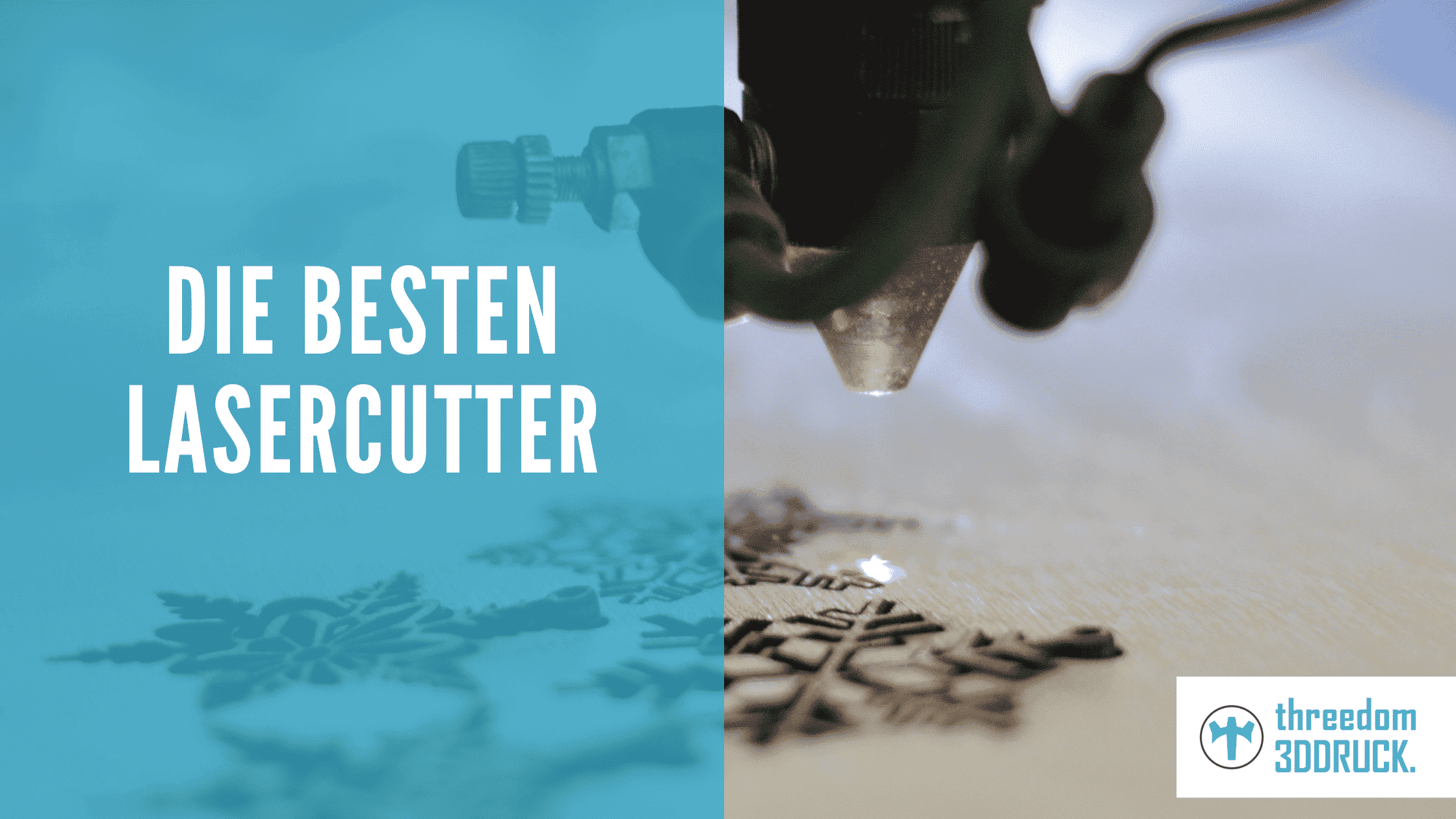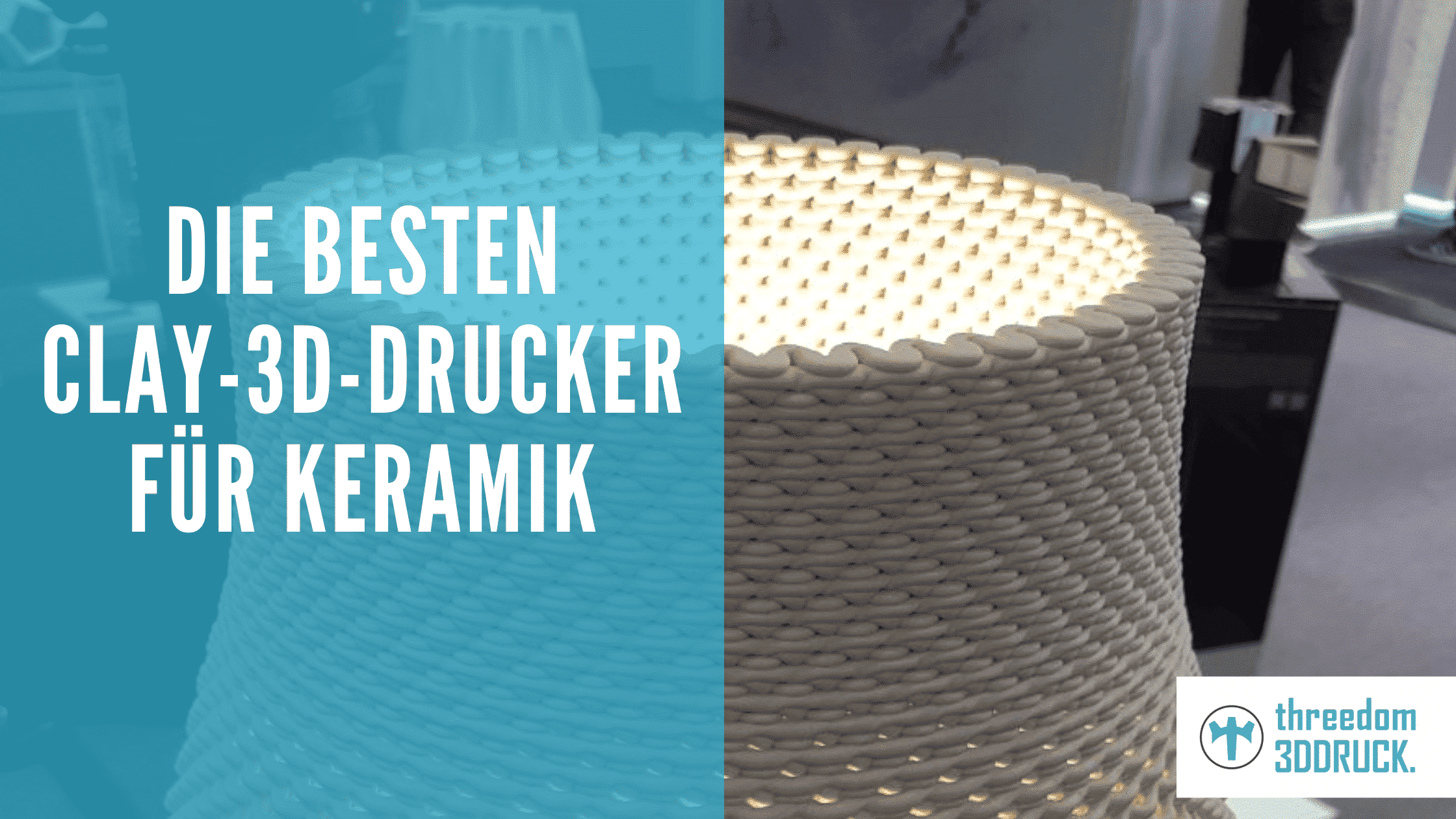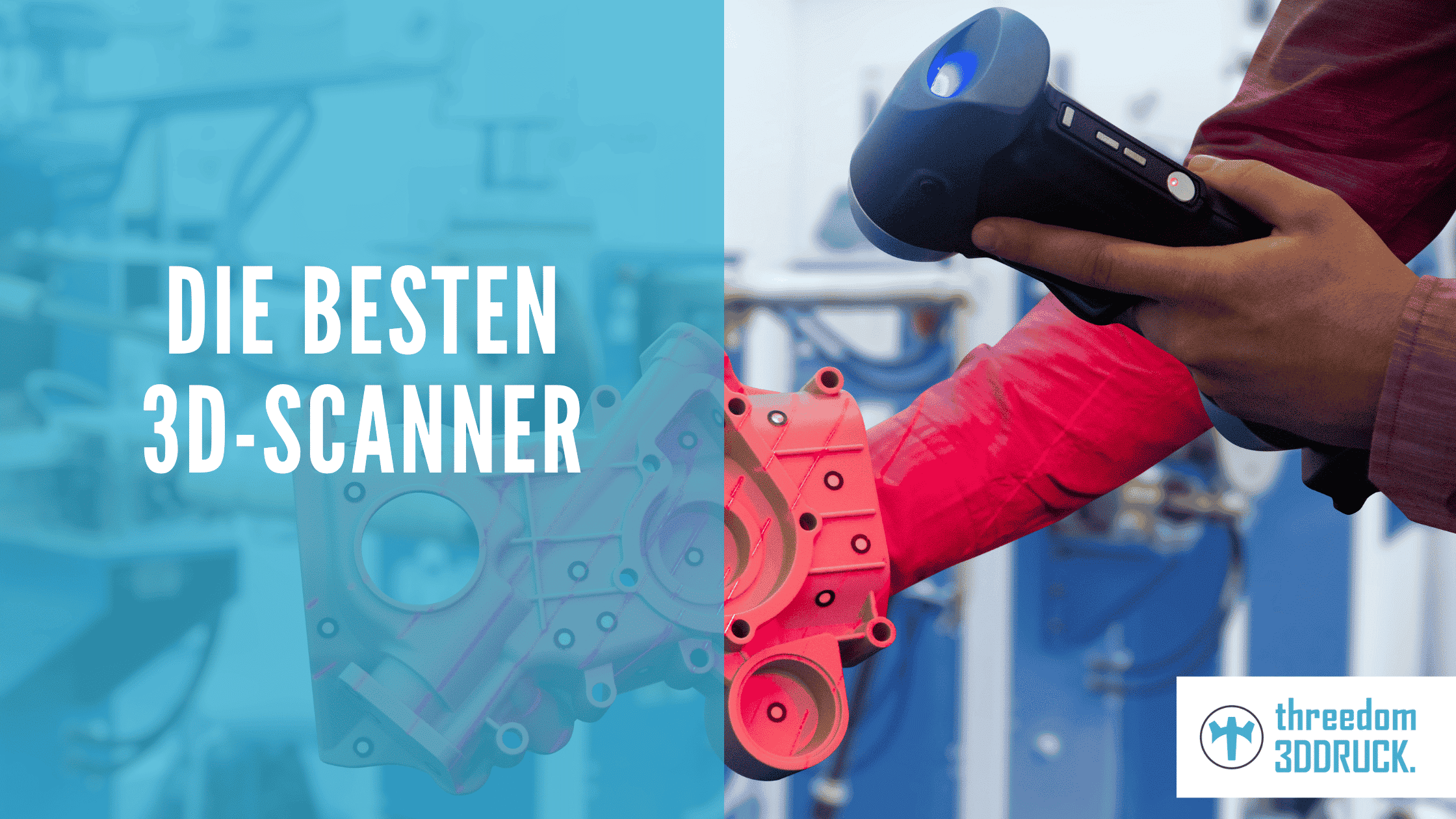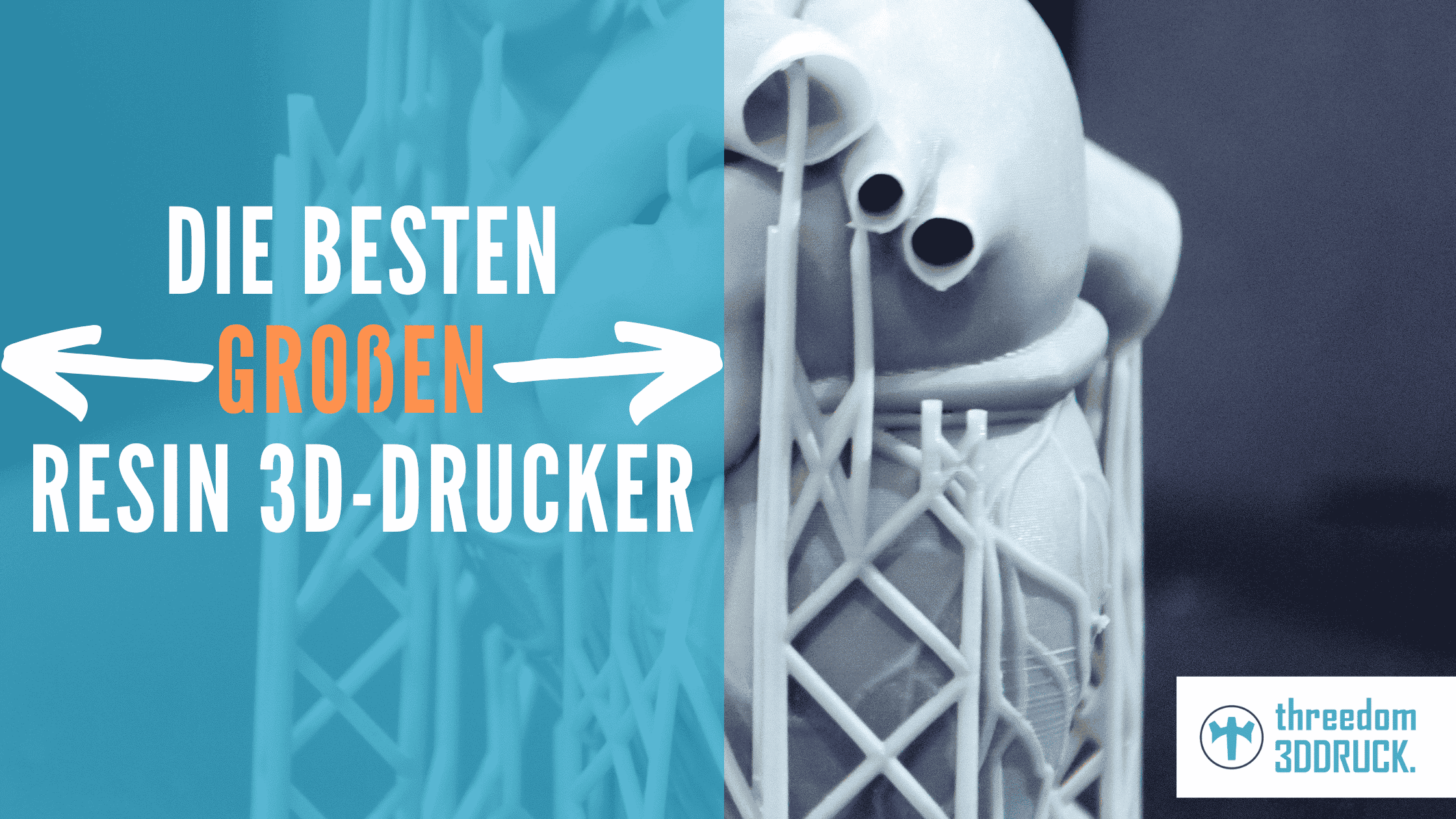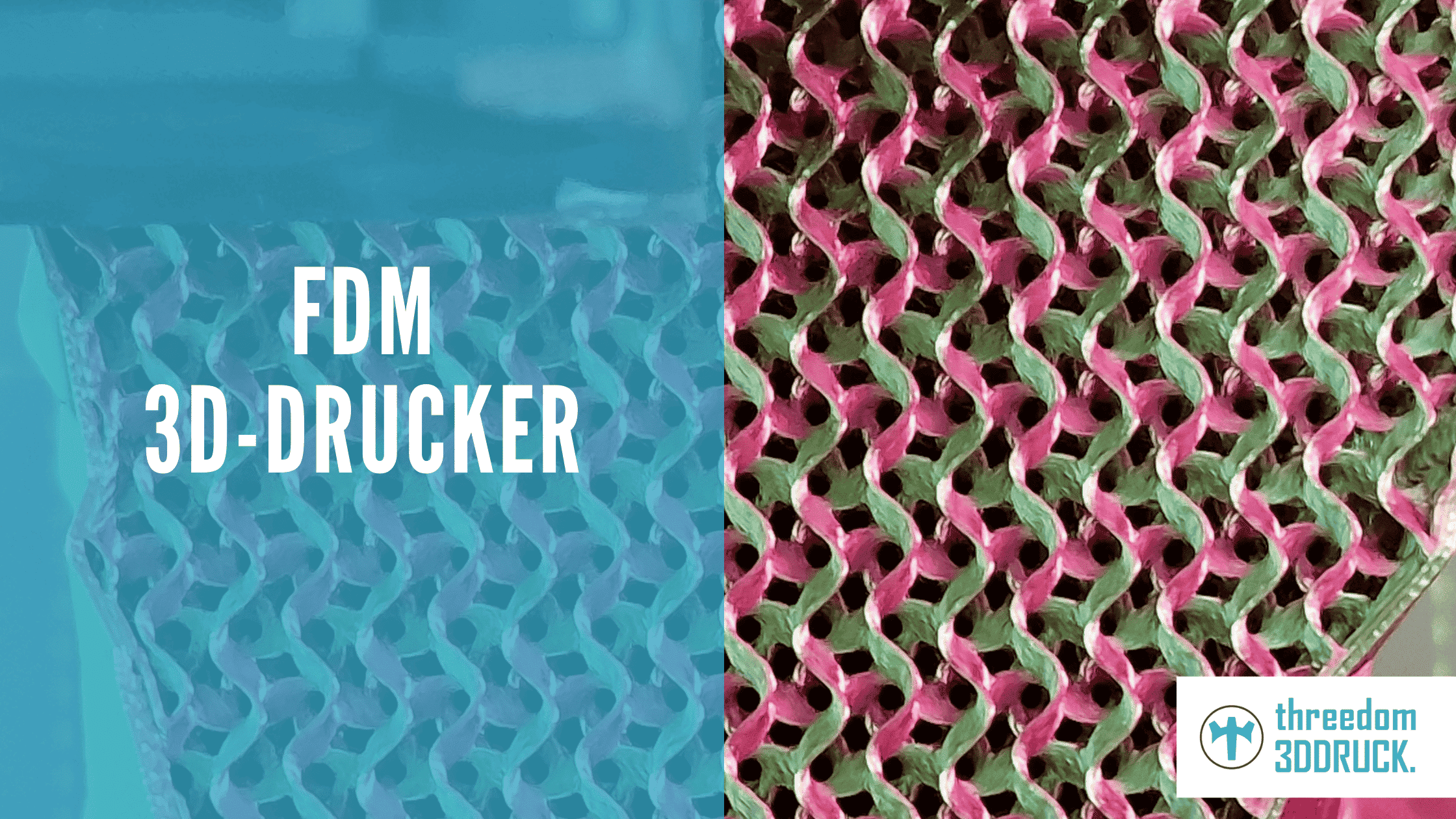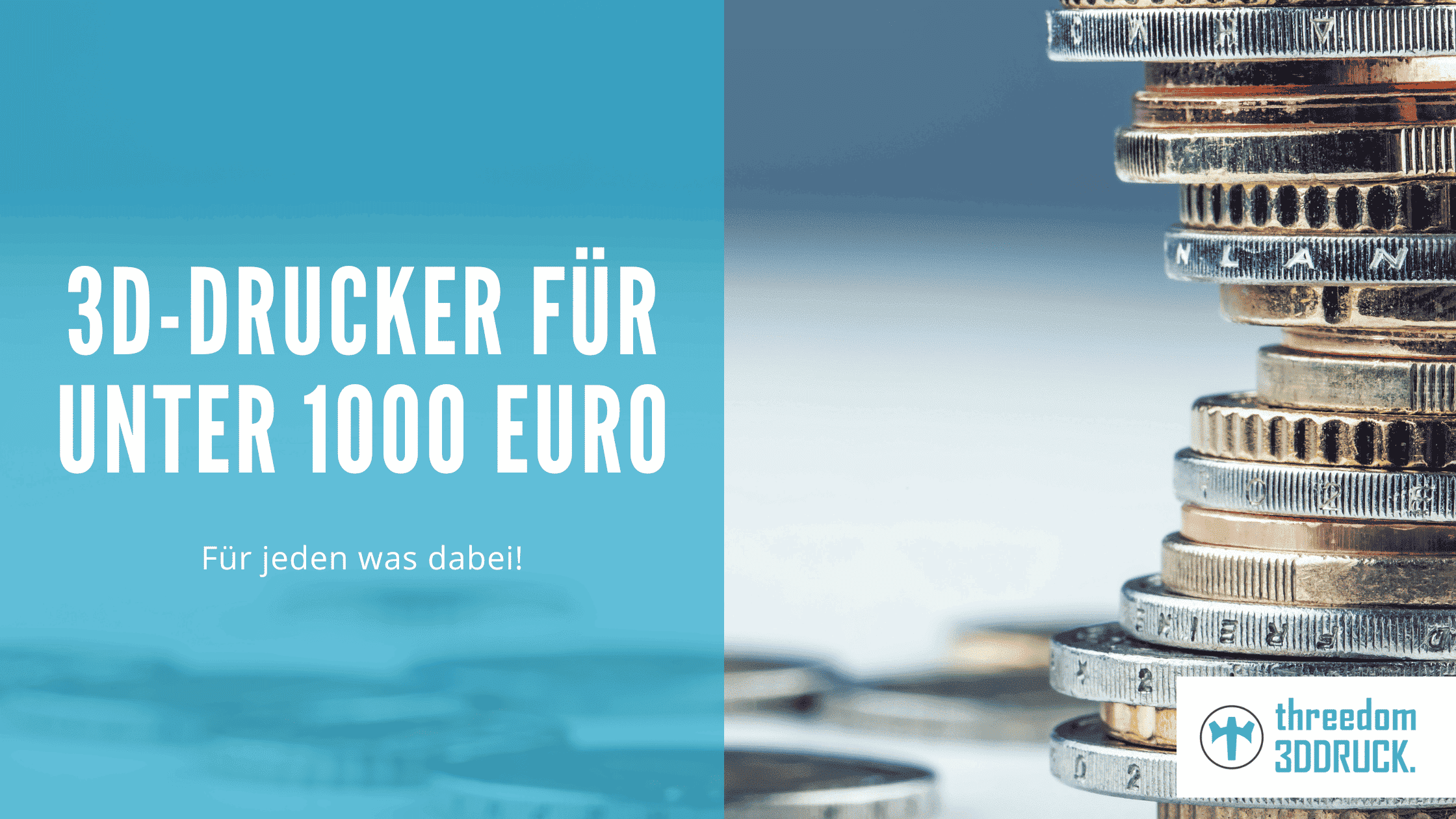Best Delta 3D Printers 2024
Many 3D fans have discovered Delta 3D printers for themselves in recent years. The speed in particular has appealed to many devotees and is indeed one of the best arguments for these devices. Nevertheless, there are sometimes huge differences between the products. Newbies are quickly overwhelmed by the choice and even experienced 3D printers cannot possibly survey the market on their own. That's why we've picked out the best Delta 3D printers for you and presented them to you in detail.
The most important in a nutshell
- Delta 3D printers use fused deposition modeling (FDM), but focus on custom builds
- For home use, Delta 3D printers are available in various price ranges and for both beginners and professionals.
- To find the best Delta 3D printer, it is essential to compare the products based on various criteria
Best Delta 3D Printers
We have taken a closer look at various Delta 3D printers for you. To give you an exact overview, you can see our ranking with all important information below.
| Place | Name | Manufacturer | Installation space | Maximum print resolution | Special features | approx. price | To the store |
|---|---|---|---|---|---|---|---|
| 1 | Q5 | FLSUN | Ø 200 x 200 mm | 0,05 mm | Compact design with sufficient installation space, low noise level, up to 330mm/s print speed | 480 € | Click* |
| 2 | Super Racer | FLSUN | 300 x 300 x 400 mm | 0,04 mm | High printing speed up to 200 mm/s, large build volume, automatic bed leveling | 399 € | Click* |
| 3 | Mini Delta | Monoprice | Ø 110 x 120 mm | 0,02 mm | Easy setup and operation, steel and aluminum frame, auto-calibration | 170 € | Click* |
| 4 | Delta 2040 Pro Turbo | WASP | Ø 200 x 400 mm | 0.025 mm | Up to 500 mm/s printing speed, auto-calibration, rectified fibral aluminum plate, | 3.385 € | Click* |
| 5 | QQ-S | FLSUN | 260 x 260 x 320 mm | 0,05 mm | Specially coated printing plate, auto calibration, titanium extruder | 399 € | Click* |
The best Delta 3D printer: FLSUN Q5
The FLSUN Q5 is currently the best Delta 3D printer on the market for several reasons. The price-performance ratio here is excellent. The device is also affordable for private users and delivers far more than just average performance. The installation space is sufficiently large, and the noise level during the printing process is low. The print speed of up to 330 mm/s is also impressively fast. Other conveniences include autocalibration of the print bed and the replaceable print head. The comparatively simple operation also ensures that even inexperienced users can print without any problems.
General info
- Name: Q5
- Manufacturer: FLSUN
- Installation space (L x W x H in mm): Ø 200 x 200 mm
- Maximum print resolution (microns): 50
- Special features: Compact design with sufficient installation space, low noise level, up to 330mm/s printing speed.
- Advantages: High speed printing, print bed (tempered glass) heatable, print head replaceable, print bed is automatically calibrated.
- Disadvantages: no WLAN connection possible, no file transfer via USB stick
The best cheapest Delta 3D printer: Monoprice Mini Delta
For the budget buyer, the Monprice Mini Delta is an economical option. The device is almost unbeatably cheap with a price of under 200 Euros. Since the successor is already on the market, there could be additional savings potential in many stores. However, the Mini Delta also offers enough power in the “old” version. The maximum print resolution is 200 micrometers, and the installation space is large enough for most private users. Despite the low price, high-quality materials are used. Among them, for example, a steel and aluminum frame. An auto-calibration feature also assists with printing.
General info
- Name: Mini Delta
- Manufacturer: Monporice
- Installation space (L x W x H in mm): Ø 110 x 120 mm
- Maximum print resolution (microns): 200
- Special features: Easy setup and operation, steel and aluminum frame, auto calibration.
- Advantages: Print via WiFi, USB or microSD, low volume level, low price, easy to use.
- Disadvantages: Print speed not outstanding, no on-screen model preview, no touchscreen
The best premium delta 3D printer: WASP Delta 2040 Pro Turbo
The best premium delta 3D printer in our eyes is the WASP Delta 2040 Pro Turbo. As the name suggests, you'll print here at an impressive speed of up to 500 mm/s. In addition, the device offers a resume system that can continue printing after a power failure. The large installation space also makes the printer interesting if you want to implement larger projects. With a special kit, you can also turn the printer into a ceramic 3D printer at any time.
General info
- Name: Delta 2040 Pro Turbo
- Manufacturer: WASP
- Installation space (L x W x H in mm): Ø 200 x 400 mm
- Maximum print resolution (microns): 25
- Special features: Up to 500 mm/s print speed, auto-calibration, rectified fibral aluminum plate, resume and free-zeta system.
- Advantages: Impressive speed, conversion to ceramic 3D printer possible, outstanding motor cooling.
- Disadvantages: High price, about 25 kilograms heavy
What is a Delta 3D printer?
Delta 3D printers are definitely a special form of 3D printers. This is easily recognizable by the fact that these actually have a special shape compared to the classic Cartesian prints. The latter always move in accordance with the Cartesian coordinate system during printing. A total of three axes are available with the X-axis, Y-axis and Z-axis. These specify the directions for printing.
With a delta 3D printer, the radius of motion is defined a little differently. In this case, three identical fixtures sit above the round pressure plate in a triangle. The pushbutton is attached to the fixing arms and is moved by means of slides on three vertical rails. The advantage: All arms can be controlled individually, allowing the print head to move in all directions.
How do delta printers work?
Delta printers work with a classic and well-known process, Fused Deposition Modeling (FDM), which can be described as fusion layering. A fusible plastic is used, from which the respective model can be built up layer by layer. The plastic thereby hardens at the desired position in the working plane. In the further course, this is shifted upwards and thus the model can be built up precisely.
Differences Delta 3D printer vs. “conventional” FDM printer
There are a few noticeable differences between Delta 3D printers and traditional FDM printers. Basically, these are based on the same process, but this is implemented a little differently in the Delta variants. As a rule, these devices therefore work faster and more accurately. For this, the purchase price is usually a little higher. Due to their special design, Delta 3D printers save space when stored in the home. On the other hand, the smaller footprint means that the devices are not suitable for large-area products.
Delta 3D printer selection criteria
When evaluating the different delta 3D printers, you should pay attention to various criteria. Below we show you what the criteria are and what is important in each case.
Desired model size
An important factor in the search for the right device is the desired model size. You have to keep in mind that the delta 3D printers usually offer much lower build heights than the device is actually tall. This is precisely why most devices are not suitable for really large models. Depending on the desired size of your print, you must therefore compare the areas of the build spaces.
Printing speed
A significant advantage of the Delta printers is the high speed of printing. However, this is not really identically high for all Delta devices. If you attach importance to particularly fast prints, you should pay attention to a high speed accordingly. In many cases, however, this is at the expense of precision. If you don't want to do without both, you usually have to plan for a higher purchase price.
Budget
This brings us to the next criterion. The budget. Not every print fan is willing to spend several thousand euros on a premium device. However, this is also not always necessary. Often, cheaper variants are sufficient if you do not have industrial demands on your home printer. However, we don't recommend just buying cheap. This is usually not possible without sacrificing quality and technical refinements.
Compatibility
You should also pay attention to how compatible your printer is with other accessories or products. For example, you can't always use any other manufacturer's filaments with your Delta 3D printer. In addition, you should check whether the product has a large community. This will help you if you run into problems or need support. A point that often speaks against unknown products from abroad.
Ease of use
We advise you to also take a look at the user-friendliness of the devices. With a touchscreen, for example, you can often easily navigate your way through the hopefully enlightening menus. If these are too complex or simply not intuitively designed, you can quickly lose your desire to print.
Who are Delta 3D printers suitable for?
Basically, the Delta 3D printers are not only suitable for experienced users in our eyes. Newcomers also enjoy these devices, which usually also provide a deep insight into the printing process. You can usually admire the creation from several sides. Depending on the device, you can also count on user-friendly control and operation. We advise all beginners to best go for a well-known device with a large community. This makes it much easier to get started than with an exotic printer from an unknown brand.
Buy Delta 3D Printer: Advantages and disadvantages
Like all products, the Delta 3D printers also bring their advantages and disadvantages. The advantages include, above all, the high speed combined with the possible high quality and precision. In addition, the devices benefit from their design and can be stored in a space-saving manner. The visuals also create excitement, especially during printing, which can be viewed from multiple angles.
Disadvantages can be found here, especially with regard to sizes and dimensions. The model height is often significantly lower than the actual device height. In addition, due to the design, the footprint is in many cases smaller than with comparable classic FDM printers.
Advantages
- High print quality
- High speed printing
- Space saving storage
- Appealing optics
Disadvantages
- Model height often significantly below device height
- Footprint mostly comparatively small
Conclusion: Do not buy a pig in a poke
Delta 3D printers are getting more and more tailwind and are being offered in more and more stores. In the meantime, therefore, it is no longer quite so easy to maintain an overview of the market. Nevertheless, it is important to compare the individual products before buying. This is the only way to find out which printer is really best suited for your expectations and purposes.
Frequently Asked Questions: Delta 3D Printer
More buying guides:

